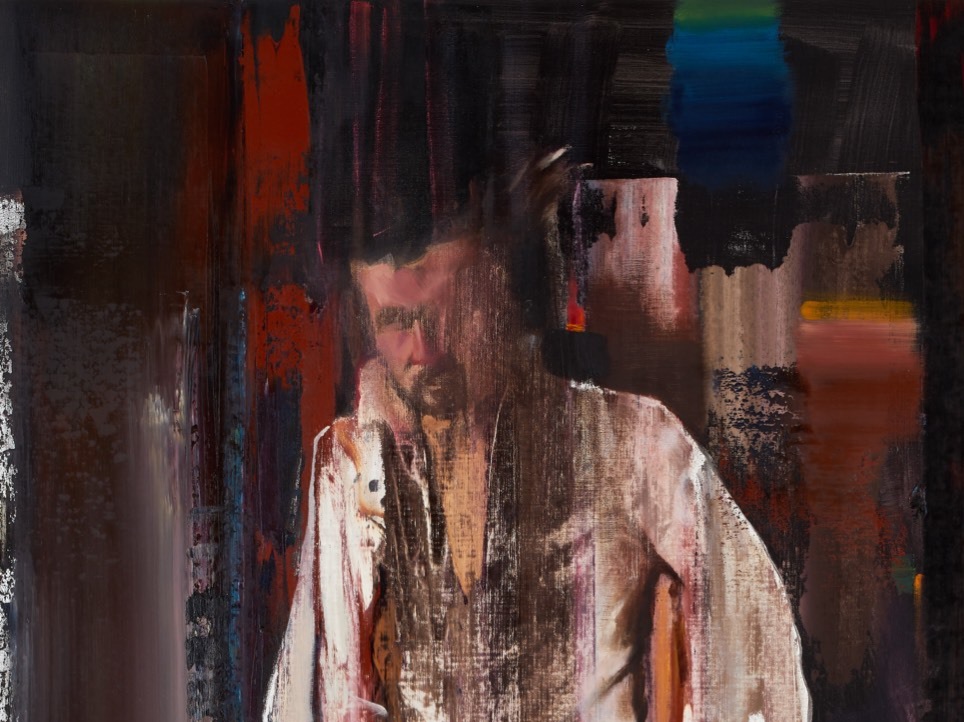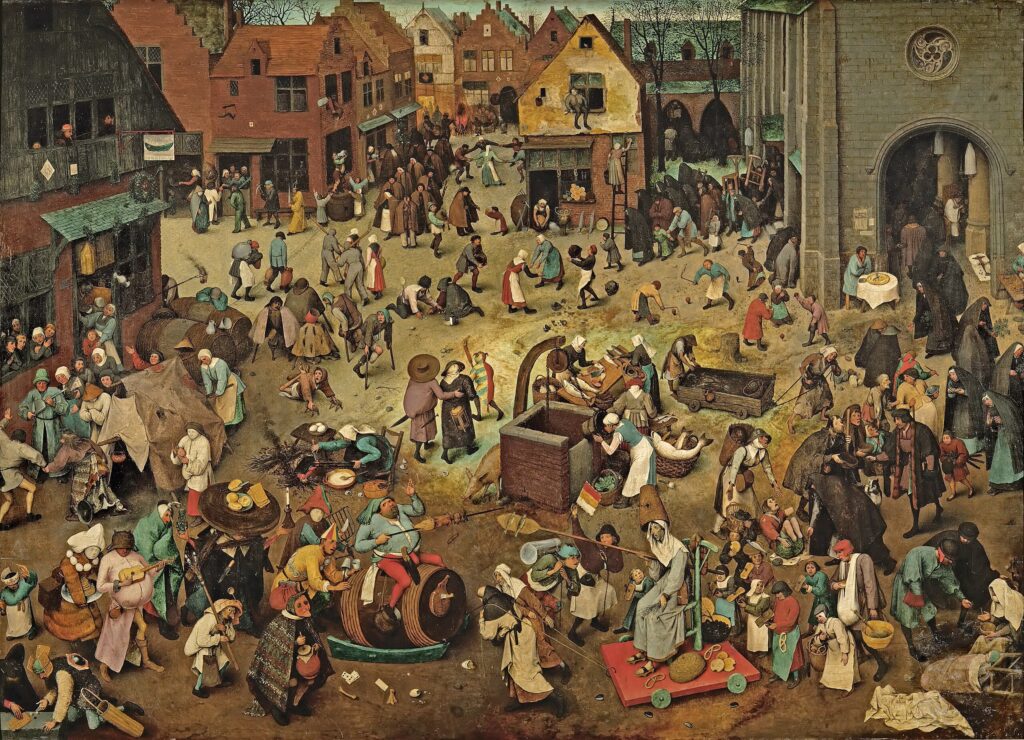Palermo, a city where history whispers from every corner, alley, and square, holds a secret that floats in the realm of the ethereal, visible only to those who look upwards from the heart of its baroque crossroads, the Quattro Canti. This intersection, a baroque masterpiece in itself, serves not just as a geographic marker but as a canvas for a celestial spectacle that unfolds in the negative space of the Sicilian sky. Here, amidst the hustle and bustle of daily life, lies a hidden religious symbol, revealed only when one points their camera towards the heavens. This article delves into the significance of this phenomenon, exploring how it encapsulates the essence of Palermo’s spiritual and cultural heritage.
Quattro Canti, or the Four Corners, stands as a testament to Palermo’s baroque grandeur. Erected in the early 17th century, this octagonal square marks the intersection of two major streets, dividing the city into its four historic quarters. Each corner is adorned with fountains and statues of saints, representing the seasons, Spanish kings, and patronesses of Palermo. Yet, the true marvel does not solely lie in the stone and water but in the air above.
A Glimpse of the Divine in Negative Space
When one stands in the very center of Quattro Canti and looks up, pointing a camera lens towards the sky, the surrounding buildings and the sky above compose a religious symbol in the negative space. This symbol, a cross formed by the alignment of the architecture against the backdrop of the sky, serves as a reminder of the divine watching over the city. This phenomenon is not merely a trick of perspective but a deliberate design, a silent sermon in stone and sky, accessible to those who seek it.

Symbolism and Interpretation
This visual harmony between the built environment and the heavens speaks volumes about Palermo’s historical relationship with the divine. The cross, a central symbol of Christianity, represents faith, salvation, and the intersection of the divine with the earthly. In the context of Quattro Canti, the symbol transcends its religious connotations to embody the crossroads of culture, history, and faith that is Palermo. It is a representation of how spirituality is woven into the fabric of the city, visible not just in its churches and chapels but in the very layout of its streets and squares.
The Role of Negative Space in Religious Art
The concept of negative space, while often associated with visual arts, finds a profound application in this urban setting. In art, negative space defines and emphasizes the subject, drawing attention to what is not there as much as to what is. In the case of Quattro Canti, the negative space of the sky framed by the architecture creates a moment of contemplation, inviting onlookers to reflect on the intersection of human achievement and divine grace. It is a visual metaphor for the presence of the divine in everyday life, a reminder that beyond the immediate and tangible lies a realm of spiritual significance.

Conclusion – A Skyward Portal to Reflection
This unique phenomenon at Quattro Canti offers more than just a photographic opportunity; it provides a moment of spiritual reflection in the heart of Palermo’s baroque splendor. It reminds us that the divine can be found in the least expected places, waiting for those willing to look beyond the surface. In a city rich with religious heritage, this skyward portal symbolizes the blend of faith, art, and history that defines Palermo. It encourages both locals and visitors to pause, look up, and contemplate the deeper connections that unite the material and the spiritual, the earth and the sky.





